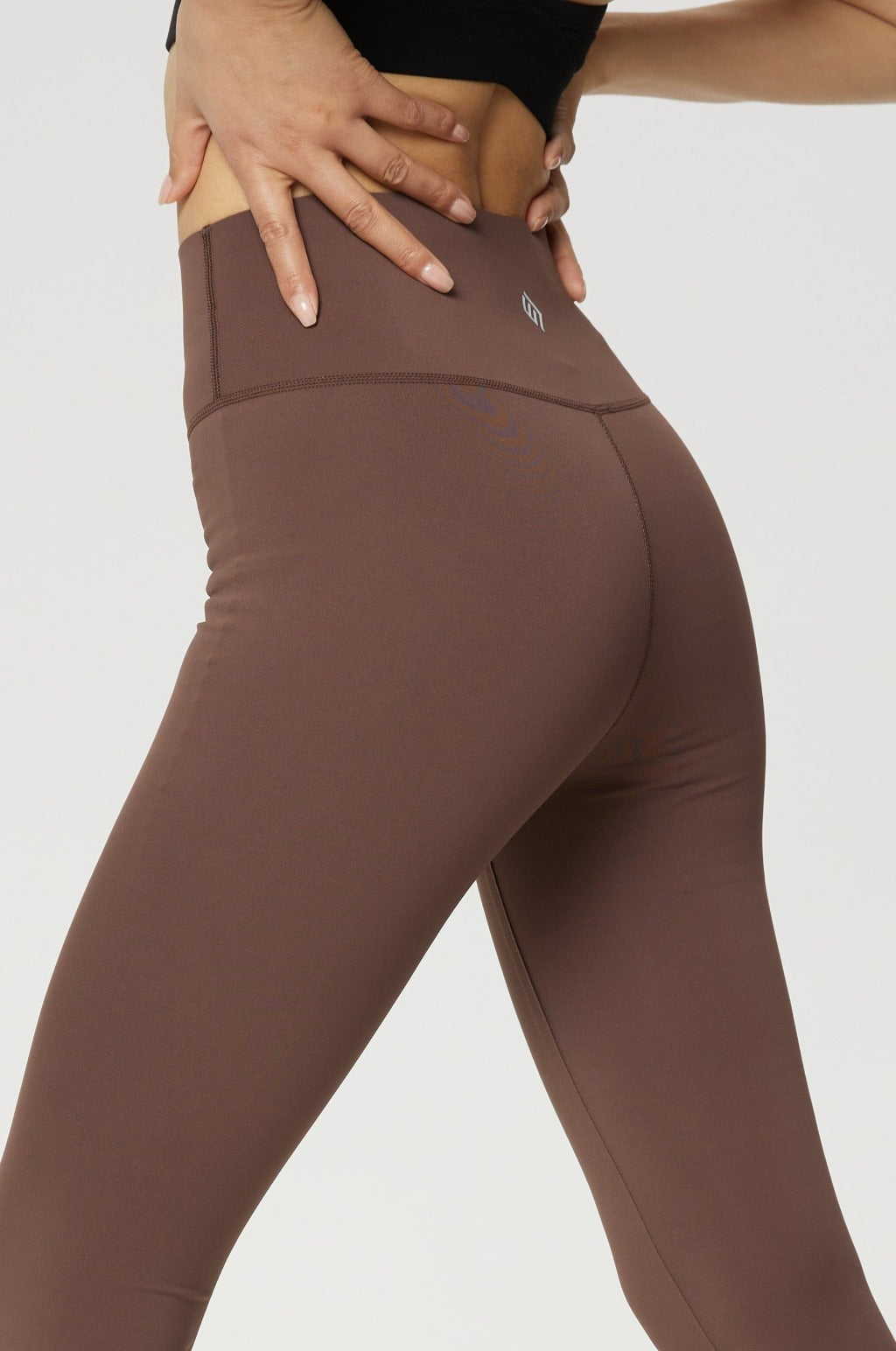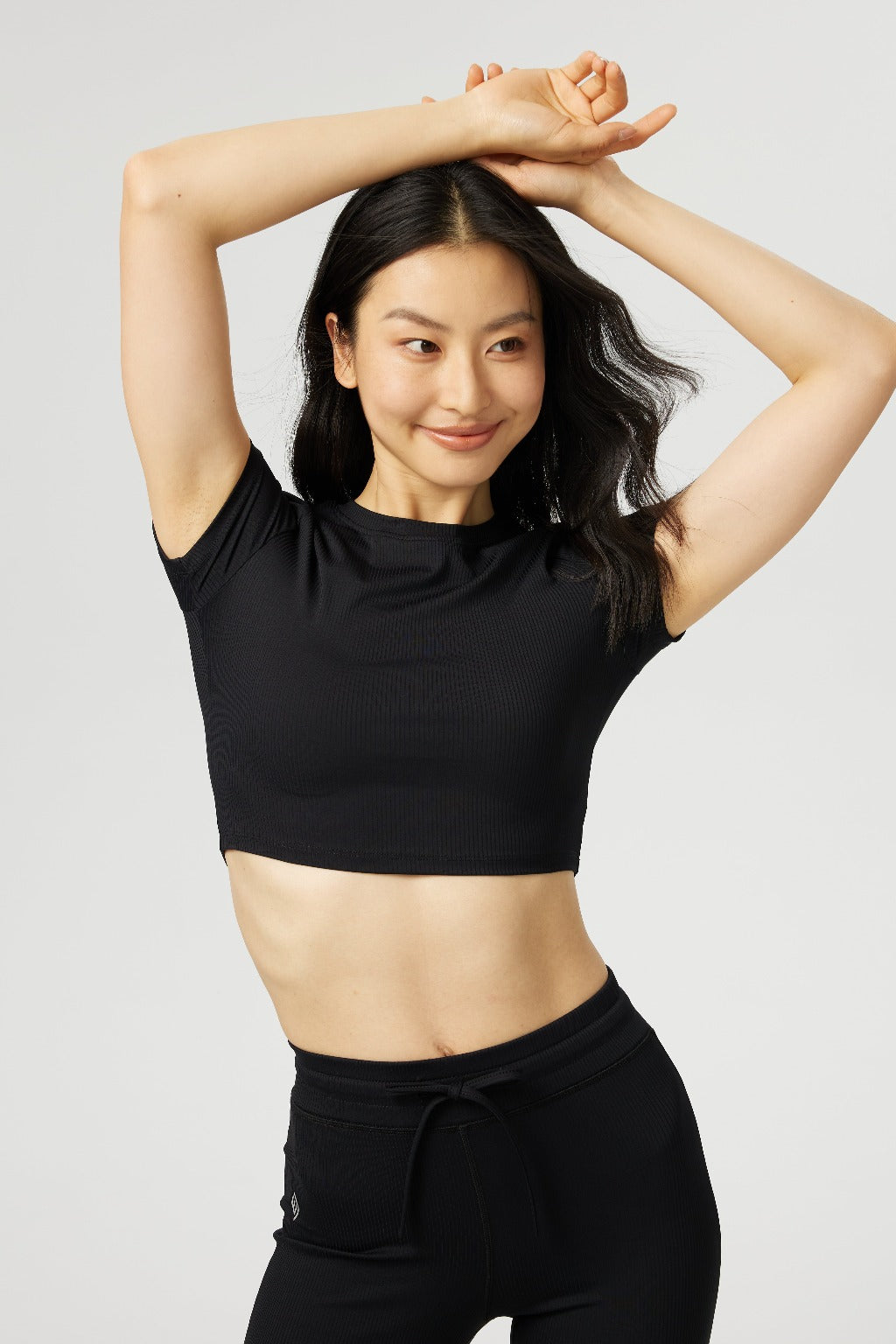Your face reflects who you are and where you’ve been, and time spent in the sun may have left its mark in more ways than one. If you don’t like what you see, you can improve the appearance of your skin with some simple steps from our expert dermatologists.
Have you ever looked in the mirror and thought, “Why do I look older than I feel?” The truth is, the way your skin looks may have more to do with how much you’ve basked in the sun than how many birthday orbits around it you’ve made.
You already know that ultraviolet (UV) light from sun exposure can lead to skin cancer — and that protecting your skin is the best way to prevent it. Shielding your skin from the sun is also the best way to keep your skin looking young, and it’s never too late to start. But what if damage is already done, from when you were a kid who just didn’t know any better, or when you had to work outside, or when you thought you would look better for a special occasion with a deep, dark tan?
Yes, These Are All Signs Of Sun Damage
1. Wrinkles: I tell my patients that more than 90 percent of wrinkles associated with aging are actually related to cumulative sun damage. Collagen and elastin are proteins that make your skin firm, supple and resilient, but UV radiation from sun exposure can destroy them. Dermatologists call chronic sun damage through the years “photoaging,” and, of course, it leads to wrinkles. Think about it: We don’t see many wrinkles on unexposed skin, such as the buttocks, breasts or other areas where the sun doesn’t shine. Exposed skin tends to be more wrinkled, and the sun plays a huge role in that.
2. Broken blood vessels: Have you noticed some red, spidery veins around your nose and cheeks? Yes, those are caused by exposure to UV light. When people say they have “broken” blood vessels, that’s a misnomer. If the blood vessels were broken, they’d bleed into the skin and cause bruises. In actuality, these vessels are enlarged. They’re “broken” in that they’re not doing what they’re supposed to be doing, which is pumping the blood from one area to the next and staying trim (or tight) and, therefore, invisible.
Elastin fibers normally hold the blood vessels taut. But when those fibers are broken down by sun exposure, they are unable to support the vessels and hold them tight. The blood vessels thus enlarge (or sag) — and become visible. Many patients present with enlarged vessels on the sides of their nose or cheeks
3. Brown Spots:Dermatologists call freckles “ephelides” and larger tan spots “solar lentigos.” Most people often refer to them as age spots, but they’re not related to age; they are related to sun exposure. Sometimes they can coalesce and become big brown spots
4. Hyperpigmentation: Patients often complain of blotchy or mottled skin, with evidence of dark and light patches. Sometimes there may be evidence of red discoloration as well. This is a common cosmetic concern and does not indicate an underlying medical condition. Inflamed skin can become hyperpigmented, and a frequent cause of such skin inflammation is sun exposure.
Hyperpigmentation and skin blotchiness drive many people to seek treatment. Most patients are not aware that the dark discoloration is related to chronic sun damage. Many may have used over-the-counter skin lightening products that can often increase skin irritation and inflammation, leading to yet more pigmentation.
With so many people wearing masks during the pandemic, facial skin that often receives incidental sun exposure has been more protected. Regrettably, most people don’t apply enough sunscreen or use it consistently. However, because masks provide a physical block to the sun, they have had an unintentional positive effect
5. Melasma:Wearing a protective face mask has also helped with signs of melasma, which appears as dark patches on sun-exposed facial skin, particularly on the cheekbones. While hormones such as estrogen can worsen melasma, its appearance is primarily caused by skin inflammation induced by chronic (or repeated) sun exposure.
6. Blackheads: We’re not talking about blackheads associated with acne, but about clusters of blackheads that appear on the temples and cheeks as a consequence of diminished skin elasticity due to chronic sun exposure. The loss of elastin fibers causes skin crevices and pores to enlarge, thus trapping dirt in them that turns black. This condition is called Favre-Racouchot syndrome and is most commonly seen in middle-aged men with a history of excessive sun exposure.
How To Reverse Sun Damage
Consistent sun protection: The first thing is to prevent future skin damage by applying sunscreen on all exposed skin, but especially the face — every single day, all year long. also recommend that additional sun-shielding measures be used, such as wearing protective clothing, hats and sunglasses. EJ UV+ sun-protective clothing can safeguard your delicate skin from all directions, allowing you to enjoy the coolness while shielding you from skin damage and resisting the risk of skin cancer.
Better skin care: Additional homework involves adhering to a consistent skin care maintenance program.
The Bottom Line
Almost everyone has some degree of photodamage. While there’s no magic wand to make the signs of that damage disappear, with these steps, you will see improvement. It’s never too late to start taking care of your skin!










